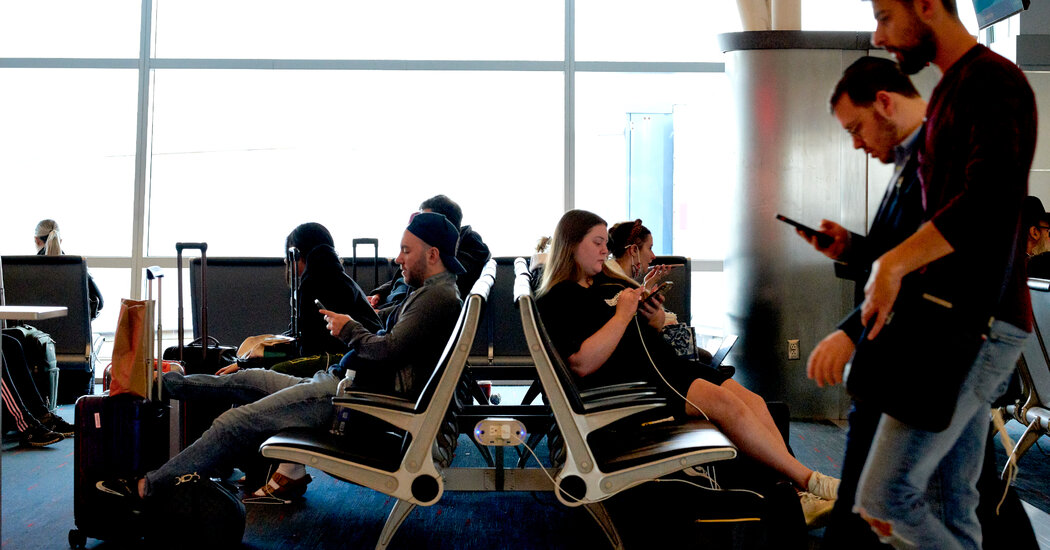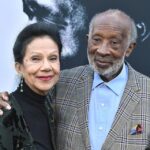
Americans greeted the lifting of mask mandates on planes, trains, buses, and public transit with a mixture of joy, relief and alarm on Tuesday, marking an abrupt end to a directive that had been widely in place in various forms for nearly two years.
The Transportation Security Administration, airlines, public transit officials and transportation providers started to roll back enforcement of the mask mandate after a federal judge ruled against the requirement on Monday. However, some transit agencies, including the M.T.A. in New York, said they would continue to require masks for now.
Airlines were particularly quick to respond. The country’s 10 largest carriers said they would drop enforcement of mask requirements by early Tuesday. Lyft and Uber quickly followed, saying that they would stop requiring riders and drivers in the United States to wear masks, but both companies said local regulations would supersede their own rules.
Some airline passengers received the news in airports or in flight, sharing celebratory photos and videos on social media. That elation was accompanied by nervousness and dread from other people who are fearful that the end of the mandate would increasingly expose them and their loved ones to the coronavirus as a new variant is driving up case counts around the United States.
On Monday afternoon, Peter Shankman, 49, took a United Airlines flight from Denver to Newark. Soon after boarding, the pilot announced that masks weren’t mandatory, but that those who took them off should be respectful to those who kept them on. Most people around him continued wearing masks, even after that announcement, but only a few put their coverings back on after eating.
“I kept mine on the entire plane,” he said.
Mr. Shankman travels frequently for his job as a corporate keynote speaker and has been finding that since he began wearing a mask, he has been getting sick far less frequently. “I might continue it,” he said, adding, “It’s a little piece of fabric; it’s not that inconvenient.”
He’s not alone. Support for the mask mandate had been declining, but most Americans still back it, according to recent surveys. At least 60 percent of adults were in favor of keeping the mandate in place, according to a Harris Poll conducted this month. The Morning Consult reported this month that a similar share of adults supported a mask requirement, with those traveling over the next few months being most likely to back the mandate.
It was not immediately clear what effect the removal of mask requirements would have on travel demand. Airlines are enjoying a robust rebound that easily weathered the spike in cases caused by an Omicron variant and rising fares.
Last week, Delta reported that March was its best sales month ever. That comes as fares for domestic flights have risen 40 percent this year, from $235 for an average domestic round-trip flight, according to Hopper, an airfare-tracking app. As of midday Tuesday, Hopper said it hadn’t yet detected any meaningful change in people searching for flights.
For many flight attendants, the lifting of the mandate brought relief. Flight crews have faced a surge in threats and violence from passengers over the past two years. In many cases, the rage is sparked by belligerent resistance to complying with the mask mandate, which is enforced by flight crews on planes.
Of course, the science behind the mandate hasn’t changed, and new known U.S. virus cases have started rising again in recent days. As of Monday, there were an average of more than 39,000 new cases a day, an increase of 43 percent from two weeks ago, according to a New York Times database.
Though the figure remains far lower than the peak of the winter surge driven by an Omicron variant, experts believe that new cases are increasingly undercounted with the rise of at-home testing. Also, many people who are vaccinated and have received booster shots have not experienced serious illness from contracting Omicron.
“Unquestionably, masking helps,” said David Freedman, a professor and the president-elect of the American Society of Tropical Medicine and Hygiene.
While planes are equipped with high-quality filtration systems and the air is circulated often, Dr. Freedman noted that there are times when masking is especially helpful, including in the airport, at the gate, on the air bridge, and in the plane before the engines are running and pulling fresh air into the cabin.
“Air travel is a continuum of activity, it’s not just sitting in your seat on the airplane,” Dr. Freedman said, adding that he plans to continue to wear an N95 mask.
While masks are most effective when everyone wears one, individuals can still benefit from being the only person in a crowd to have one on.
Adeel Hassan contributed reporting.




